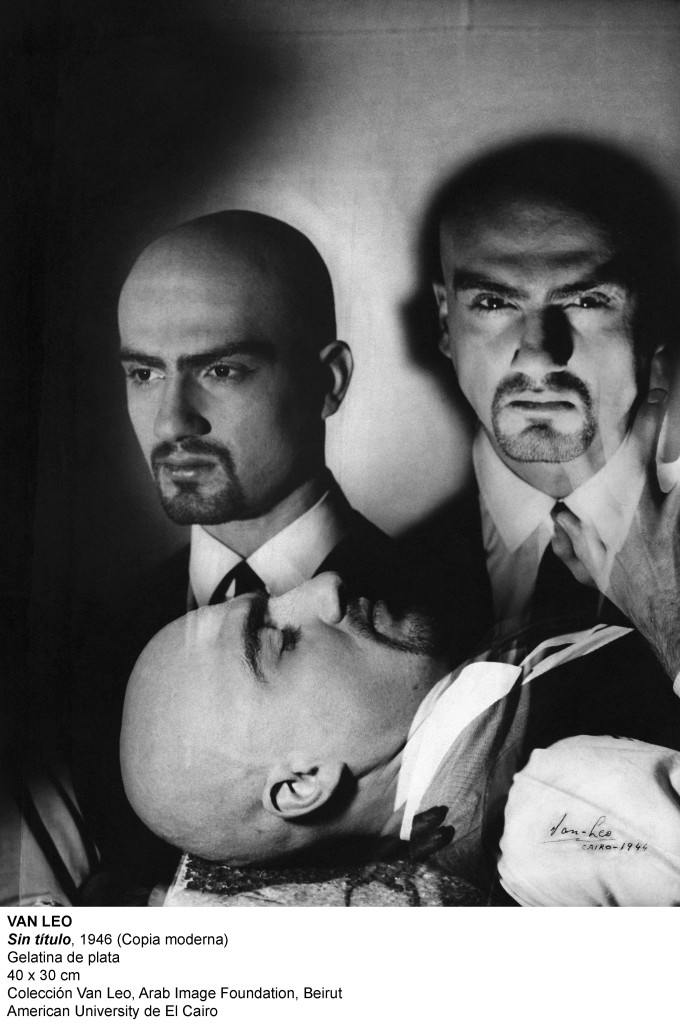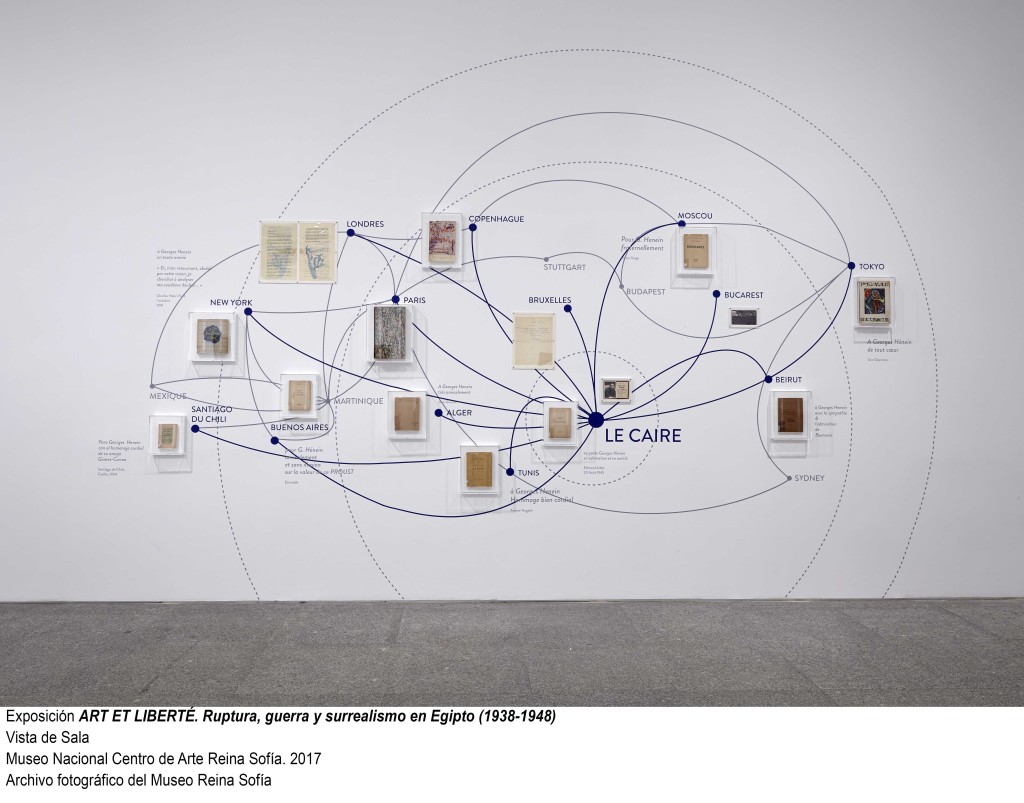In our toiled and individualistic Western Hemisphere, many times we stop thinking in other latitudes as a possible source of art, culture and avant-garde. This is precisely the case of the unknown group of surrealist artists Art et Liberté, based in Cairo, between 1938 and 1948.
However, since last year the independent art curators Sam Bardaouil and Till Fellrath, co-founders of the multidisciplinary platform Art Reoriented and since April, presidents of the Montblanc Cultural Foundation based in Hamburg, have been rescuing the legacy of this cairota surrealist group and reintroducing it in Europe by this itinerant exhibition.
After their first mandatory stop at the Georges Pompidou in Paris, the exhibition has landed on February 14th until next May 28th in the Sabatini building of the Reina Sofia Museum in Madrid.
Art et Liberté. Rupture, War and Surrealism in Egypt (1938-1948), displays the set of more than one hundred paintings, photographic and documentary material, largely exposed for the first time in our country. The modernity of the African country presented through a meticulous tour of the worldview of this group, essentially surreal.
After joining their manifesto Vive l’art dégénéré, the group reached out to all the nonconformist generation of artists, intellectuals and activists, who began showing their rejection to the conservative Salon du Caire, where art was disintegrated in favor of nationality. Since the beginning of World War II, Art et Liberté took an active part in the fight against fascism, nationalism and colonialism. Through a sophisticated surreal language, the group reached a pictorial and literary level, which approached them to the international and national events of the moment.
It should be noted that countless members of Art et Liberté, suffered displacement and losses in the personal field that fed their anxiety in times of war and encouraged them to reflect their experiences through surreal symbols of death and apocalypse.
Highlights vanguard of Egyptian art of the mid-twentieth century as the poet Georges Henein, author of surrealism in this country, the painters Inji Efflatoun and Amy Nimr and the painter Samir Rafi. The Egyptian artist of Greek-French descent Antoine Malliarakis, along with the theoretical Ramses Younane or Hassan El-Telmisani also have a separate section in the sample.
Similarly, Art et Liberté worked thoroughly the written word, editing from 1939 three innovative magazines like Don Quichotte in French, al-Tatawwur in Arabic and the bilingual official bulletin of the group, Art et Liberté. Even until the mid-fifties, they still run the two publishers.
Photography as an artistic genre was also experienced by the group through the creation of absurd images that deconstruct human being and its alienation, in a surreal environment. The main protagonist was the US resident in Egypt, Lee Miller who immortalized the country with his extensive travels through it. Other artists like Étienne Sved, Ida Kar, Angelo de Riz or Levon Boyadjian, can also be seen in this section of the exhibition at the Reina Sofia.
130 paintings, drawings and photographs dated from the late 20s and early 50s, to which are added more than 150 archival documents, historical photographs, film clips and manuscripts belonging to this exhibition can be seen from mid-February on the fourth floor of the capital’s museum.










